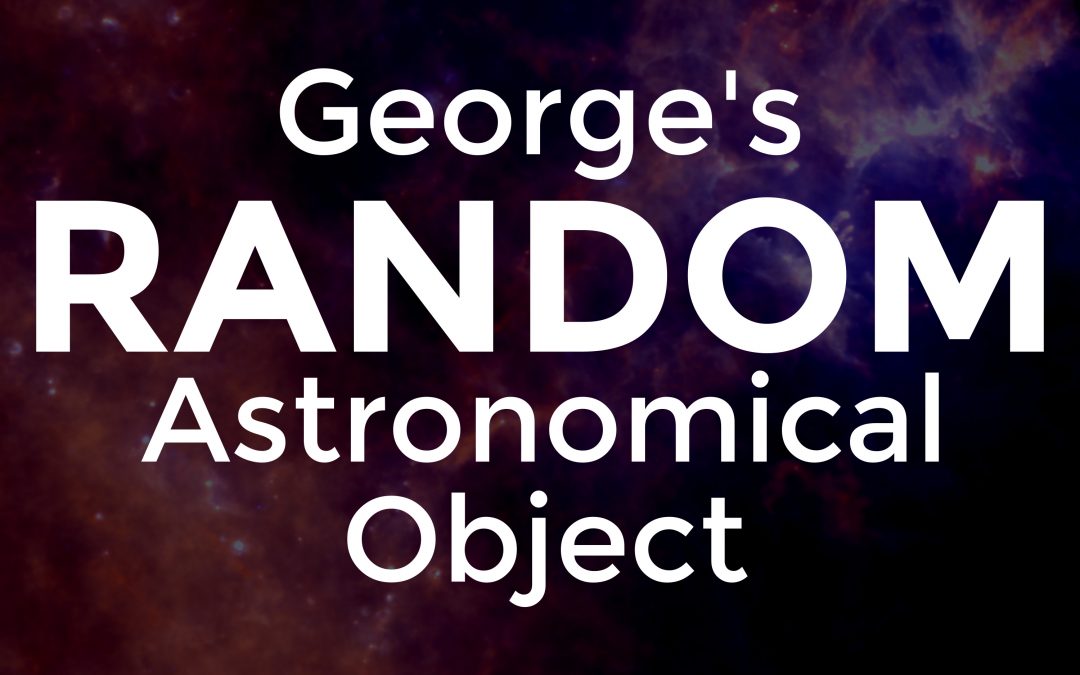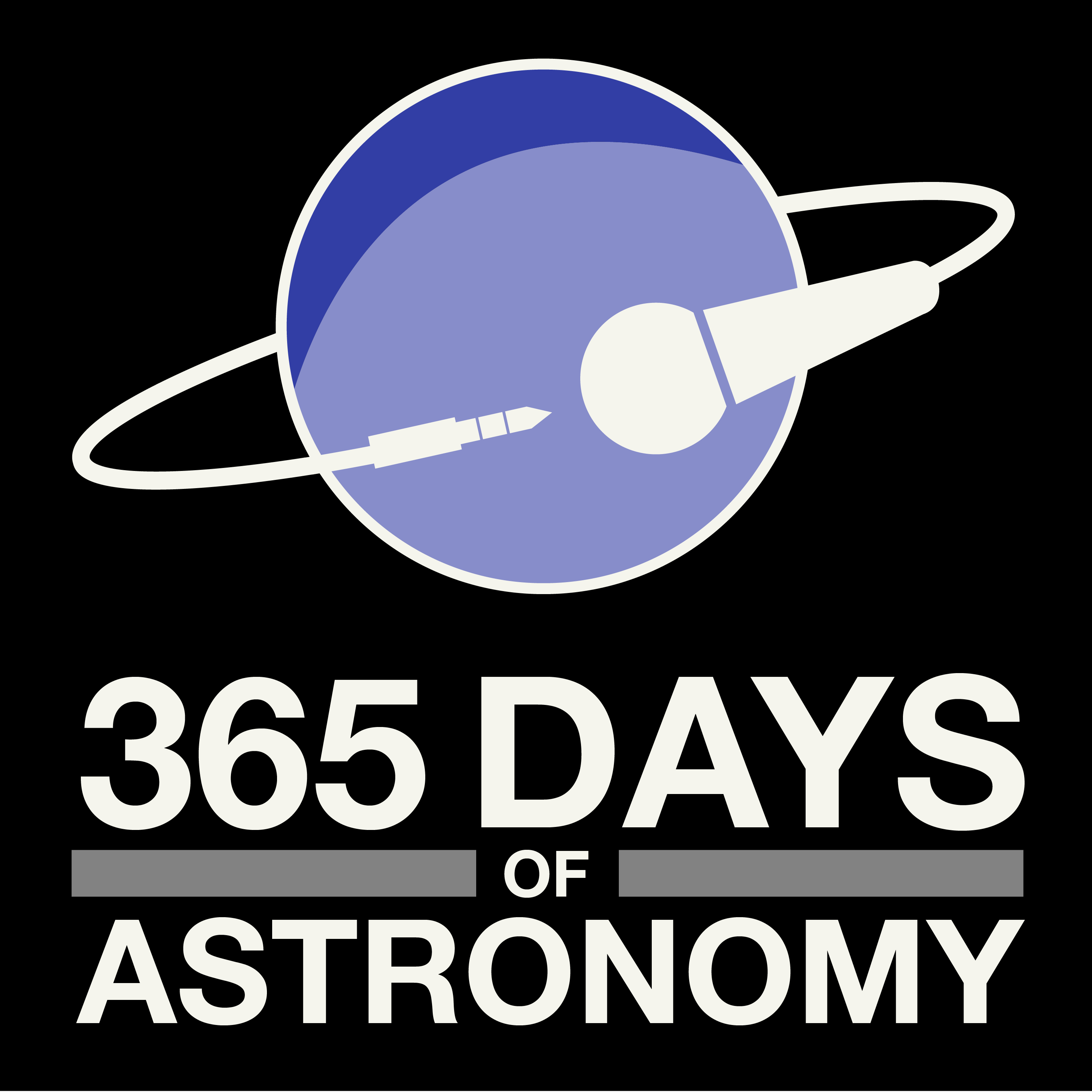


Oct 16th: Feedback Time
George’s Random Astronomical Object presents the galaxy NGC 3801, one of the very few nearby galaxies where astronomers can see jets

Oct 2nd: Not Dead Yet
George’s Random Astronomical Object presents the planetary nebula NGC 7094 where the star at the center is not quite a dead white dwarf yet.

Apr 28th: The Black Hole That Didn’t Get Its Morning Coffee
: George’s Random Astronomical Object presents Messier 61. The center of this barred spiral galaxy contains multiple regions where stars are forming as well as an inactive supermassive black home that needs some caffeine.

Apr 12th: The Uncredited Star
Although Eta Aquilae was the first Cepheid variable ever discovered, this class of stars was named after Delta Cephei instead.

Sep 22nd: The Next Best Thing to an Exoplanet
George’s Random Astronomical Object presents the star HD 191089. Astronomers may not have found an exoplanet orbiting this star, but they found the next best thing.

Jun 16th: Big in the South
George’s Random Astronomical Object presents Abell S1063, a cluster of galaxies that was only reported as a discovery in the 1980s but that has attracted a lof of attention because of how it gravitationally distorts the light of galaxies behind it.

Feb 24th: Bobbins
George’s Random Astronomical Object presents BoBn 1, which is a planetary nebula with an odd-to-pronounce name but which is also one of the very few planetary nebulae that have been found in the Milky Way’s halo.

Mar 12th: George’s Random Astronomical Object: Extraordinarily Ordinary
George talks about NGC 4203, a galaxy with a low luminosity active galactic nucleus containing a supermassive black hole that is so ordinary that it seems ironically extraordinary.

